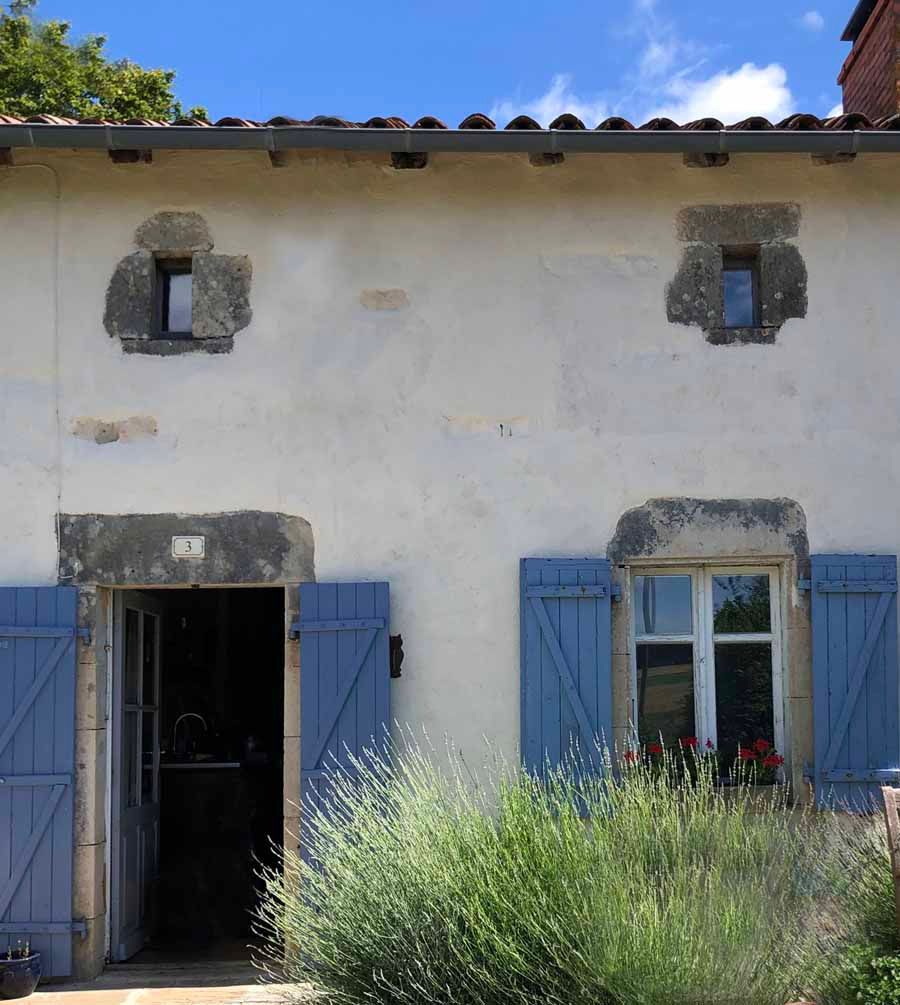Small Actions, Big Changes
- Rosie Neave
- Sep 21, 2023
- 3 min read
A few years ago, because I’m a dreamer with fanciful notions, I decided to try and transform some ugly paving we’d inherited with the house into a place where I could sit in the evening and watch the sun set. The slabs ran along the front of the house and were one of the first things you noticed as you arrived up the drive. I had no budget for a properly designed renovation project and as we weren’t living here full-time back then, I needed a solution that could look after itself while I was away. After giving it not much thought, I pulled up a few of the slabs and planted a row of five small lavender plants, along with a tiny rosemary plant by the front door.

Fast forward five or six years and this little patch has been transformed. The lavender has grown to waist height and now forms a long, sweeping hedge that stretches across the front of the house. The rosemary is a thick, sturdy bush which blends into the lavender in front of it. Whilst my idea to create somewhere attractive to sit has worked far more successfully than I’d imagined, it’s also had a much greater impact on wildlife than I’d thought possible. Now, not only does it look incredibly pretty but the plants have attracted hundreds of pollinators which, during the spring and summer months, make the area literally buzz with life.
The rosemary flowers first, much to the delight of the honey bees who find it as they emerge from winter and they’re quickly followed by dozens of other insect species. It can get really quite noisy out there on a hot July day with the beating of a thousand tiny wings. The scent of lavender hangs in the air, especially in the early evening, and I can’t resist running my hand through it as I come in and out of the kitchen to release its unmistakeable, musky fragrance. The variety of species that this small patch supports is surprising: as well as honey bees, there are bumble bees, stunningly iridescent violet carpenter bees, all number of different hoverflies, hummingbird and bee hawk-moths and scarce swallowtail and cabbage white butterflies, to name just a few. The hummingbird moths are a particular favourite – undeniably dainty and delicate-looking but emitting the low, steady thrum of a Lancaster bomber. With the insects has followed a thriving community of common wall lizards who make the most of the plentiful supply of food around them (one lives in a little planter on the window ledge and sometimes peeps in through the window at us in the evening).

It’s made me realise how it’s possible to support bio-diversity and wildlife at home without necessarily making grand, expensive gestures. Small steps can lead to tangible results. The amount of life that these few plants support is obvious and it hasn’t taken a deep commitment from me to sustain it. Plants such as lavender and rosemary are naturally drought tolerant which make them ideally suited to our long, hot summers. If they look like they’re in need of a drink, I throw a bowl of washing up water over them, rather than tipping it down the sink, but that’s really as far as it goes when it comes to looking after them. It’s very joyful to realise what a positive difference something as simple as replacing a few paving slabs with plants can make. I’m now considering other small changes I can make which might create a similar impact and have plans to build a micro-pond from a large tin bowl I bought at a brocante. Hopefully, it will provide a helpful water source for all the thirsty insects in the lavender and rosemary but who knows what other wildlife it might attract to my doorstep? I can’t wait to see what surprises it might bring.
-----




Comments